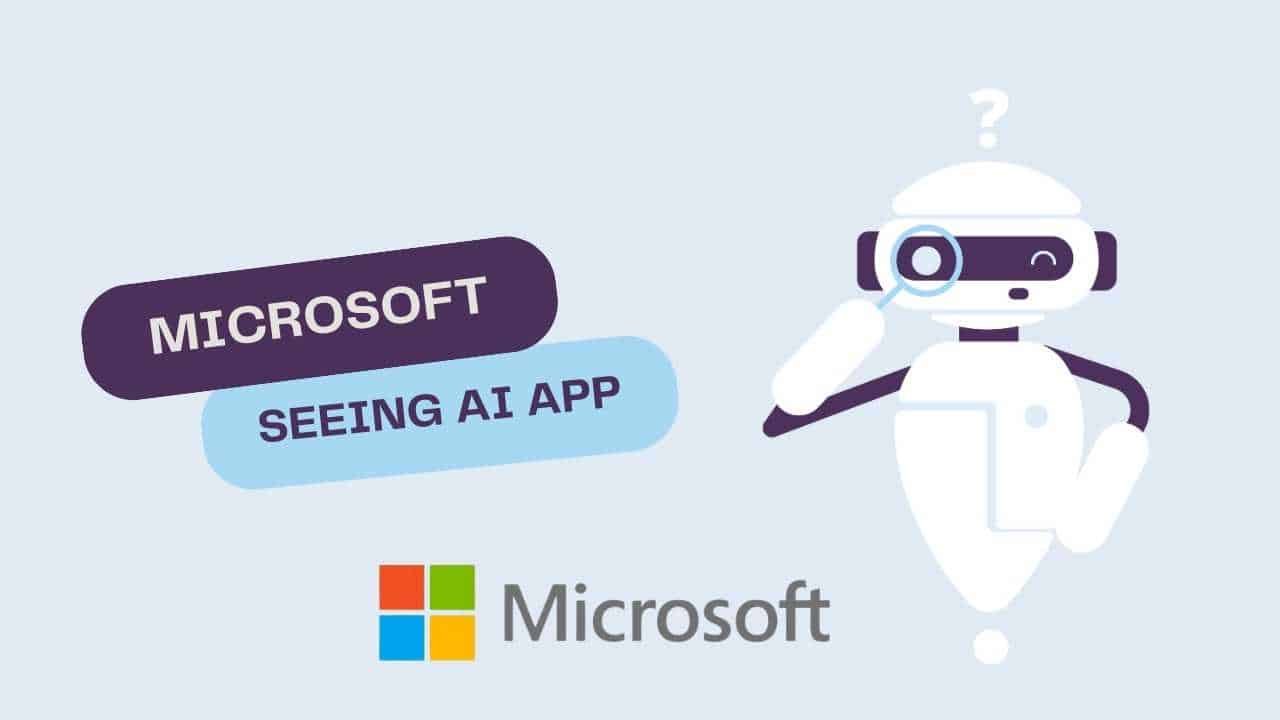Introduction
The world can be a challenging place for the blind and visually impaired. Everyday tasks that many take for granted, like reading mail, shopping, or navigating a new environment, require adaptive technologies and accommodations. Recent advances in Seeing AI and AR are leading to new innovations that aid accessibility and independence.
Microsoft’s Seeing AI app leverages intelligent cloud capabilities to audibly describe people, text, and objects. The Navilens app provides an alternate visual navigation system using scannable codes. Both assist users who are blind or have low vision to better understand and move through the world around them.
ARxVision has now integrated Seeing AI and Navilens into their ARx AI Gen1.5 headset creating a hands-free, comprehensive accessibility suite. This groundbreaking collaboration aims to greatly expand real-world solutions for the blind and visually impaired.
Seeing AI App Overview
Seeing AI is an intelligent visual assistant from Microsoft designed specifically to support blind and low vision users. Some examples of its functionality include:
- Reading text: It can scan and read documents, signs, labels, mail and more in over 70 languages
- Identifying currency: Denominations of US dollars are automatically detected and communicated
- Describing images in detail: Advanced scene description, face detection, light levels, and more
- Recognizing products: Barcodes on common consumer goods link to product data like packaging details
- Detecting light levels/colors: Ambient light conditions and colors are identified
By leveraging cloud connectivity and intelligence, Seeing AI can increase user independence across a variety of daily tasks and situations. It represents an advancement in artificial intelligence specifically for accessibility applications.
Navilens App Overview
Navilens utilizes specially coded signage to provide enhanced wayfinding and navigation assistance for the blind and visually impaired. Users simply scan the unique “Near-eye” codes with their smartphone camera and audio descriptions of the environment are triggered.
Over 150,000 NaviLens codes have been deployed globally across venues such as:
- Transit hubs
- Museums
- Universities
- Hospitals
- Retail stores
Scanning these codes provides users expanded awareness of their surroundings including specific location details, directions, amenities and potential obstacles. This alternate navigation system aims to allow the blind and visually impaired to move through spaces swiftly and safely.
ARxVision’s ARx AI Gen1.5 Headset
ARxVision has developed ARx AI, an assistive headset leveraging augmented reality technology targeted for the blind and visually impaired. Key capabilities include:
- 4K wide-field cameras: Expansive vision with enhanced detail and range
- Sophisticated processing: AI chip runs complex algorithms in real time
- Intuitive controls: Programmable buttons and integrated voice operation
- Premium user experience: Immersive tutorials, offline use and large language models
- Global distribution: Partnership with RNIB expands access and support worldwide
This innovative headset received a CES award in 2023 for its potential to revolutionize accessibility. Its collaboration with Seeing AI and Navilens represents the first integration of its kind focused specifically on empowering users with total blindness or low vision.
The Collaboration Between Seeing AI, Navilens and ARxVision
A groundbreaking pilot program allows qualified applicants to experience ARx AI Gen1.5 with integrated access to Seeing AI and Navilens. Key aspects include:
- Hands-free operation: Core functionality runs directly through ARx headset controls
- Comprehensive tasks support: Expansive suite of AI capabilities for daily living
- Revolutionary accessibility: First integration unlocking AR for the blind and visually impaired
- Global distribution: Available in US plus future expansion into more regions
This unified solution leverages strengths across all platforms creating greater overall impact. Users benefit from AR navigation merged with intelligent cloud tools to safely and seamlessly interact with the environment in real time.
Benefits for Blind and Low Vision Users
- Safely navigate public transit systems, airports, downtowns and unfamiliar buildings
- Read menus at restaurants, get ingredient details in grocery stores
- Identify currency denominations, pay bills and process financial documents
- Significantly boosted confidence, self-esteem and quality of life
The collaboration sets a promising course for innovative integration of AI and AR technology aimed at transforming accessibility. As additional capabilities are added, virtually no aspects of life need be off limits for those with visual impairments.
The Future of Assistive Technology
Industry experts predict rapid growth as more investments pour into assistive technology innovations:
- Global market size could reach $47B by 2030
- AI and AR identified as breakthrough segments
- Demand increasing as world population ages
- Smart cities movement prioritizing accessibility

Figure 1: Projected expansive growth of the global assistive technology market. (Source: ResearchAndMarkets.com)
As this field continues maturing, a few key principals will guide progress:
- Open ecosystems: Allowing devices to interface expands capabilities
- Strategic partnerships: Distribution and support networks key for adoption
- Inclusive design: Accessibility considered from the outset rather than an afterthought
Adhering to these core philosophies will ensure the benefits of assistive tech scale to meet demand globally.
Conclusion
The integration between Seeing AI, Navilens and ARxVision’s ARx AI Gen1.5 headset represents a historic leap forward for accessibility solutions benefiting the blind and visually impaired. Early results confirm AI and AR technology can provide enhanced mobility, productivity and quality of life.
As the partners enhance features and expand distribution, every individual irrespective of ability may soon enjoy equity of access and full participation in society. But making this vision reality demands continued collaboration, funding and inclusive thinking.
- What potential impact do you see emerging from these advancements?
- How can the technology community support similar innovations and progress?
Let’s continue the conversation around how AI and related technologies may aid accessibility for all.
